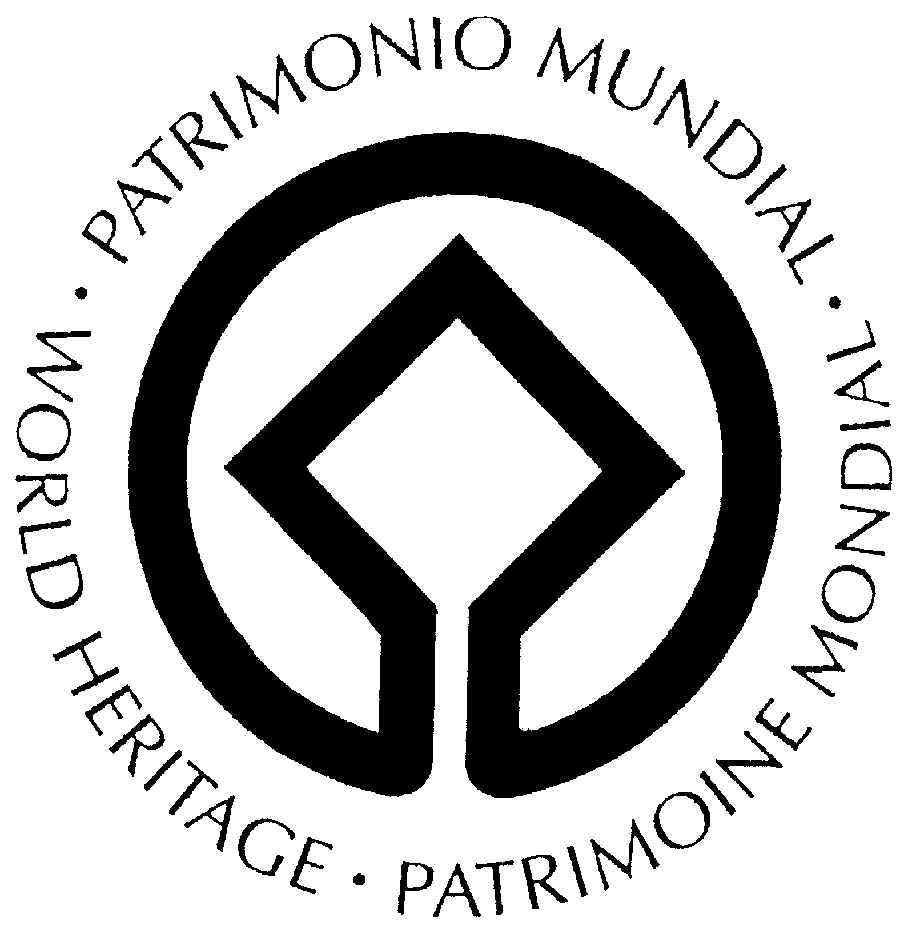When the last Roman Emperor Theodosius I died in the year 395 A.D., Rome was divided into two parts, the East and the West. Anatolia remained in the Eastern Roman Empire. In contrast to the Western Roman Empire, which collapsed before too long, the Eastern Roman Empire, later known as historical term of the Byzantine Empire, remained on the scene until 1453.
The Tribal Migration formed a danger for the newly established Byzantine Empire. In the meantime, religious struggles shook the empire. The competition for authority between the Roman and Byzantine churches started around this time. One group of Christians supported the divinity of Jesus while another group valued him more as a person than a god.
The tension escalated rapidly, whereas two Byzantine groups appeared, called the Blues and the Greens. In 532 A.D., and the Hagia Sophia Church was also totally devastated in a massive fire. Justinianus set out immediately to have Byzantium reconstructed, the Hagia Sophia restored, had St.Irene Church and the Underground Cisterns built, and had water brought to Byzantium through a network of aqueducts. Besides Byzantium, he is also known to have the St.John Basilica built in Ephesus.
Byzantine art
Byzantine art is an exclusive product of the Eastern Empire. It is totally medieval in form but developed in a peculiarly Byzantine way. In Byzantine art the Greek and Roman forms exposed to the stylistic influence of ancient Anatolian cultures and eastern art. It reached a totally Byzantine synthesis within the religious framework of the empire. Specific examples of this art, which took its main source from Anatolia may be seen in several places around Anatolia.
Byzantine art, which is divided into three phases, the First, Middle and Late, lived through its first brilliant period was the Justinianus period (527-565). Without a doubt, the most important work from this period that has survived to this day is the Hagia Sophia Church. The architects Anthemius of Tralles, today Aydin and Isidoros of Miletus were commissioned to rebuild the church after the Nike Revolt. It was reopened in 537 with a basilica plan and a central domed roof.
One of the most beautiful examples of Byzantine art in the city of Istanbul are the surrounding walls.. Apart from these, there are numerous works of Byzantine art that are scattered around Istanbul. Among these are the Cemberlitas (Hooped Column), Kiztasi (Maiden Column), Dikilitas (Planted Column), Yilanli Sutun (Snaked Column), Gotlar Sutunu (Goths Column), Ormeli Sutun (Knitted Column), Buyuk Saray (Grand Palace), Blakernai Sarayi (Blakernal Palace), Tekfur Sarayi (Tekfur Palace), cisterns, aqueducts, and several churches, the majority of which have been converted into mosques.
The well-preserved mosaics found inside both the chapel of Theotochos Pammacharistos (Fethiye Mosque) and the Church of St. Saviour (known today as the Kariye Museum) are important works that represent the Late Byzantine Period. Constantinople was positioned as the art center of the empire. However, the source of its main influences was Anatolia. For this reason, the most widespread and various examples of Byzantine art can be seen in Anatolia. It is possible to come across Byzantine masterpieces in ancient cities outside Istanbul. In particular, several temples in Anatolia had been restored and converted into churches. The fact that there was an archbishop’s palace in Aphrodisias, Byzantine basilicas uncovered in Side, the formation of St. Philip’s Martyrium in Hierapolis (Pamukkale) and other ancient cities like these show us that after the Roman Age, the Byzantine Age was a powerful entity.
Museums
Today, examples of Byzantine handicrafts can be seen in museums. Many pieces of artwork were smuggled to Europe during the Latin Crusade of 1204. The treasure of masterpieces of the church found in Kordalya near modern day Kumluca gives support to this idea. Some of these are found today in the Antalya Museum. Constantinople was a city of splendid sacred buildings, frescoes, manuscripts, fabric and valuable artifacts and adornments made of precious metals. This was an empire which survived for an astonishing 1100 years, steeped in the mysteries of medieval culture.
Works of art made with a mosaic technique were floor and wall mosaics. The finest examples of wall mosaics are those of the Grand Palace, which date back to the 5th century and can be seen in the Istanbul Museum of Mosaics.
The most important frescoes representing the Mid-Byzantine Period are found in the Cappadocia region. These belong to the X-XI centuries. The frescoes that adorn the cemetery chapel of the Kariye Museum represent the Late Byzantine Period.
_________________________________________
WORLD HERITAGE:
Historical sites of İstanbul
Date of Inscription to the World Heritage List: 6.12.1985
List Reference: 356 Criteria: Cultural
KEY SITES: Constantinople (Istanbul) was positioned as the art center of the empire. There are plenty of Byzantine masterpieces in many ancient cities also. In particular, several temples in Anatolia had been restored and converted into churches.
MUSEUMS: Istanbul Museum of Mosaics /Chora Museum-Istanbul/ Cappadoccia Museum
